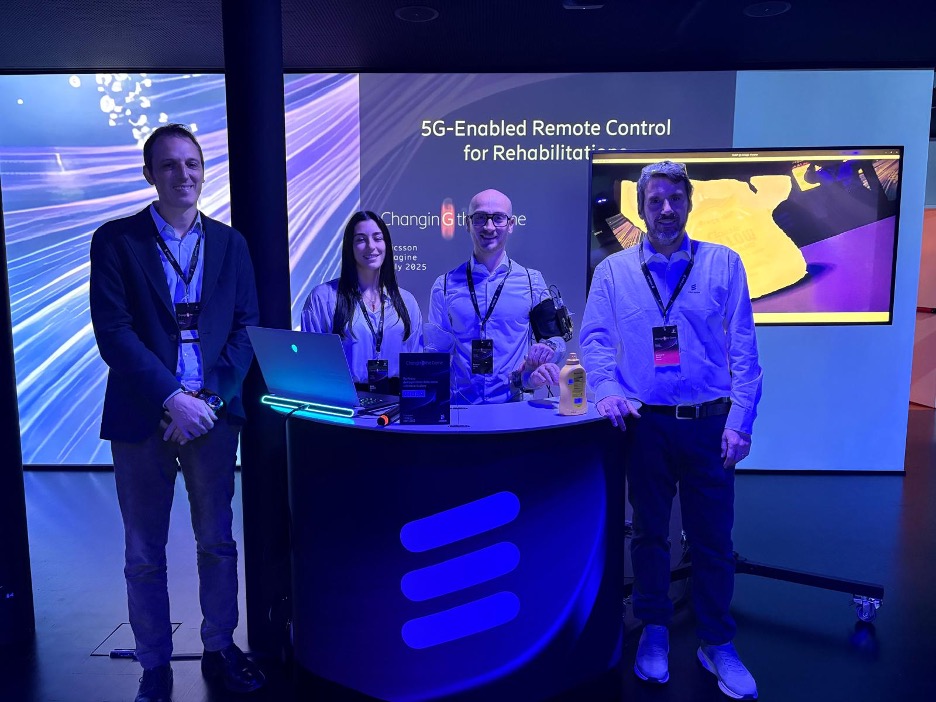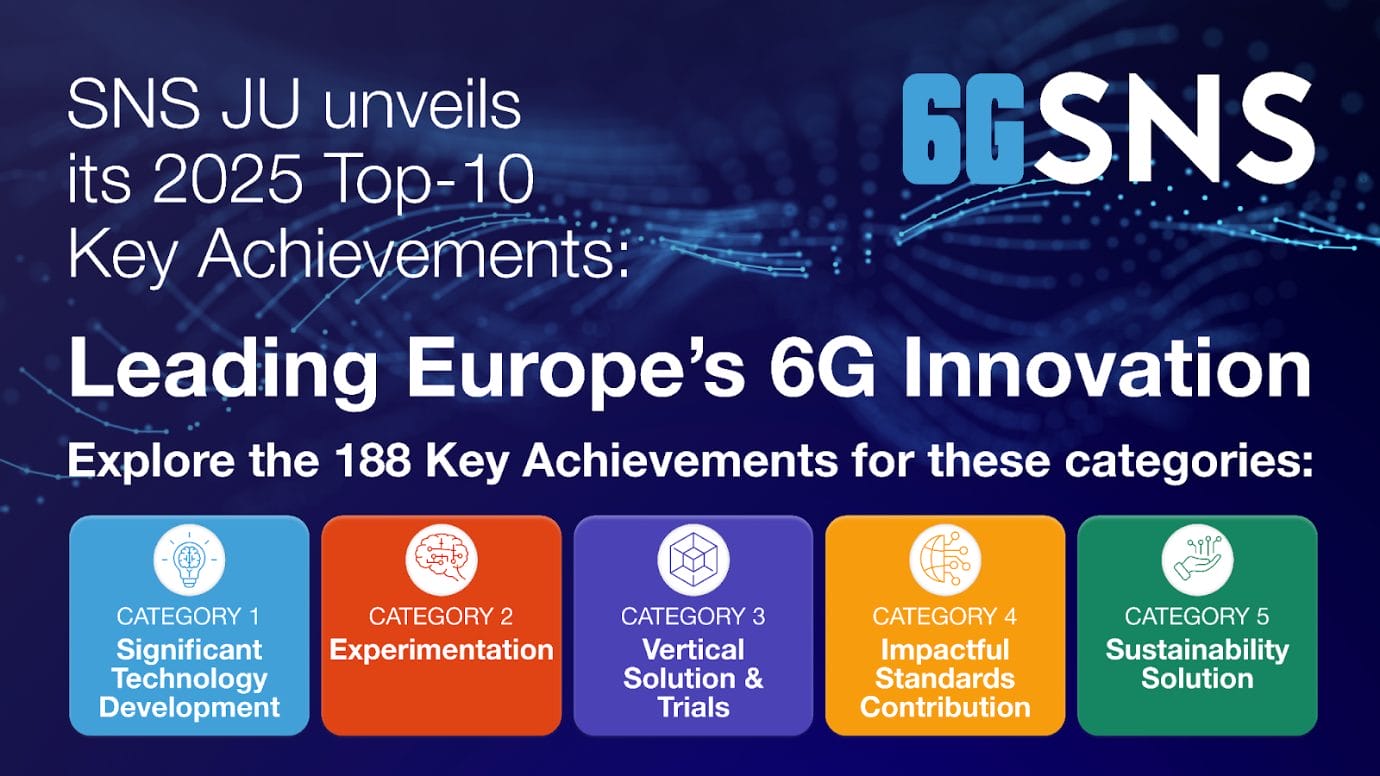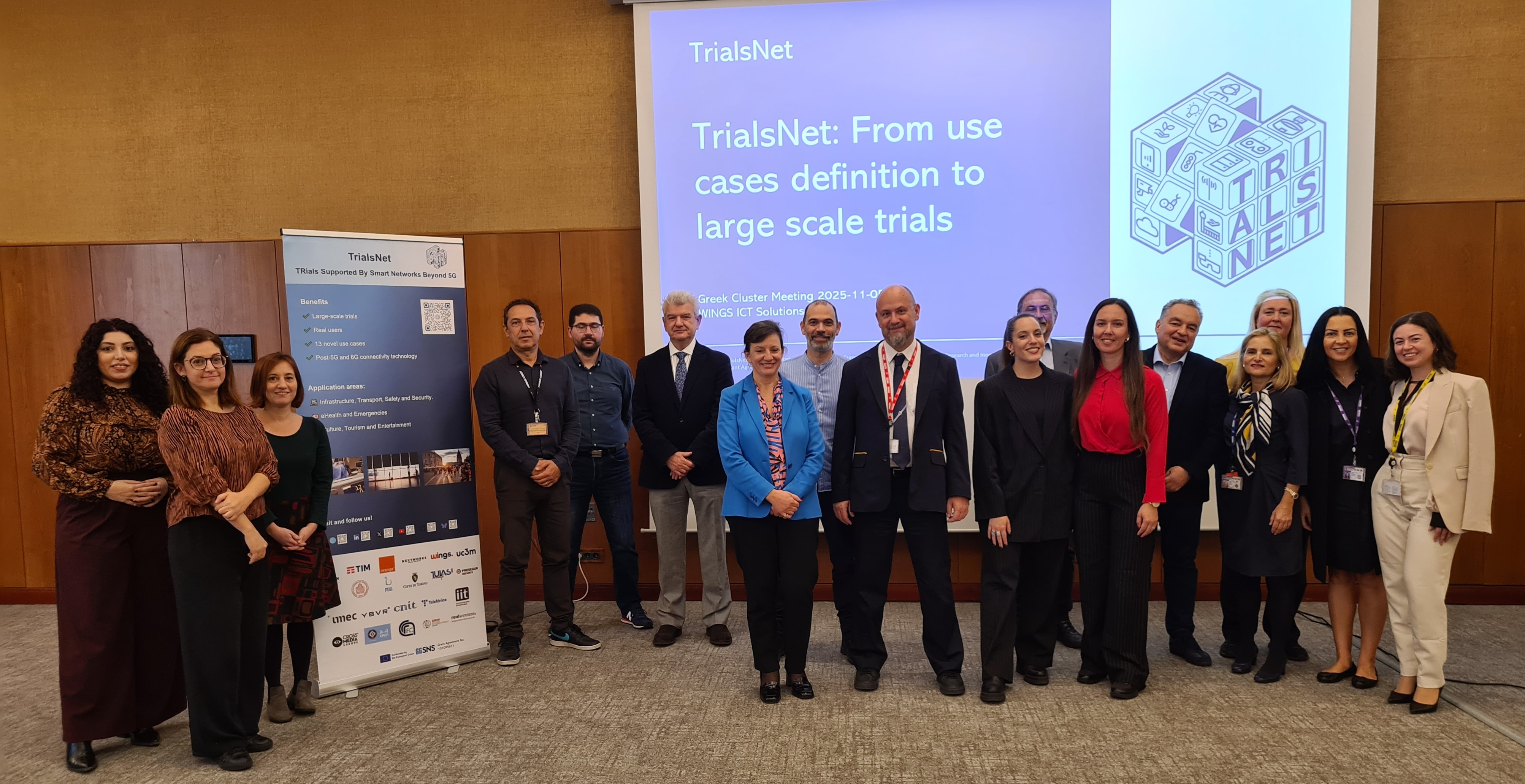TrialsNet Athens Trials & Live Demonstrations at Technopolis
On June 12th, the historic Technopolis of Athens, a landmark venue for cultural and technological events, hosted a significant demonstration day organized by WINGS ICT Solutions in collaboration with DAEM – City of Athens IT Company. The day began with an introduction to the vision and objectives of TrialsNet, followed by detailed presentations, live demonstrations, and interactive hands-on trials of three cutting-edge urban solutions.
Use Cases Demonstrated
UC2: Proactive Public Infrastructure Asset Management
About: This use case introduces an intelligent, AI-driven system for continuous monitoring and proactive maintenance of public infrastructure, such as roads and municipal assets. It integrates data from autonomous ground vehicles (AGVs), security cameras, drones, and municipal fleets. Advanced video analytics and Deep Learning algorithms detect structural faults like cracks, potholes, and surface degradation.
Objective: To demonstrate how real-time data collection and analysis can enhance maintenance efficiency, reduce costs, and extend the lifespan of public assets, leveraging high-speed, low-latency B5G connectivity.
Live Trial at Technopolis: An autonomous mobile robot (Jackal AGV) equipped with high-resolution cameras and sensors inspected road surfaces within the Technopolis area. The live demonstration showcased remote operation over the 5G network, real-time video streaming through the Wi.MOVE dashboard, automated fault detection, severity classification, and suggested corrective actions. Simultaneously, key performance metrics were recorded, including uplink throughput and application round-trip latency, validating the network’s reliability and the system’s responsiveness. Participants also contributed feedback through a dedicated questionnaire to assess trust, resilience, and perceived security.
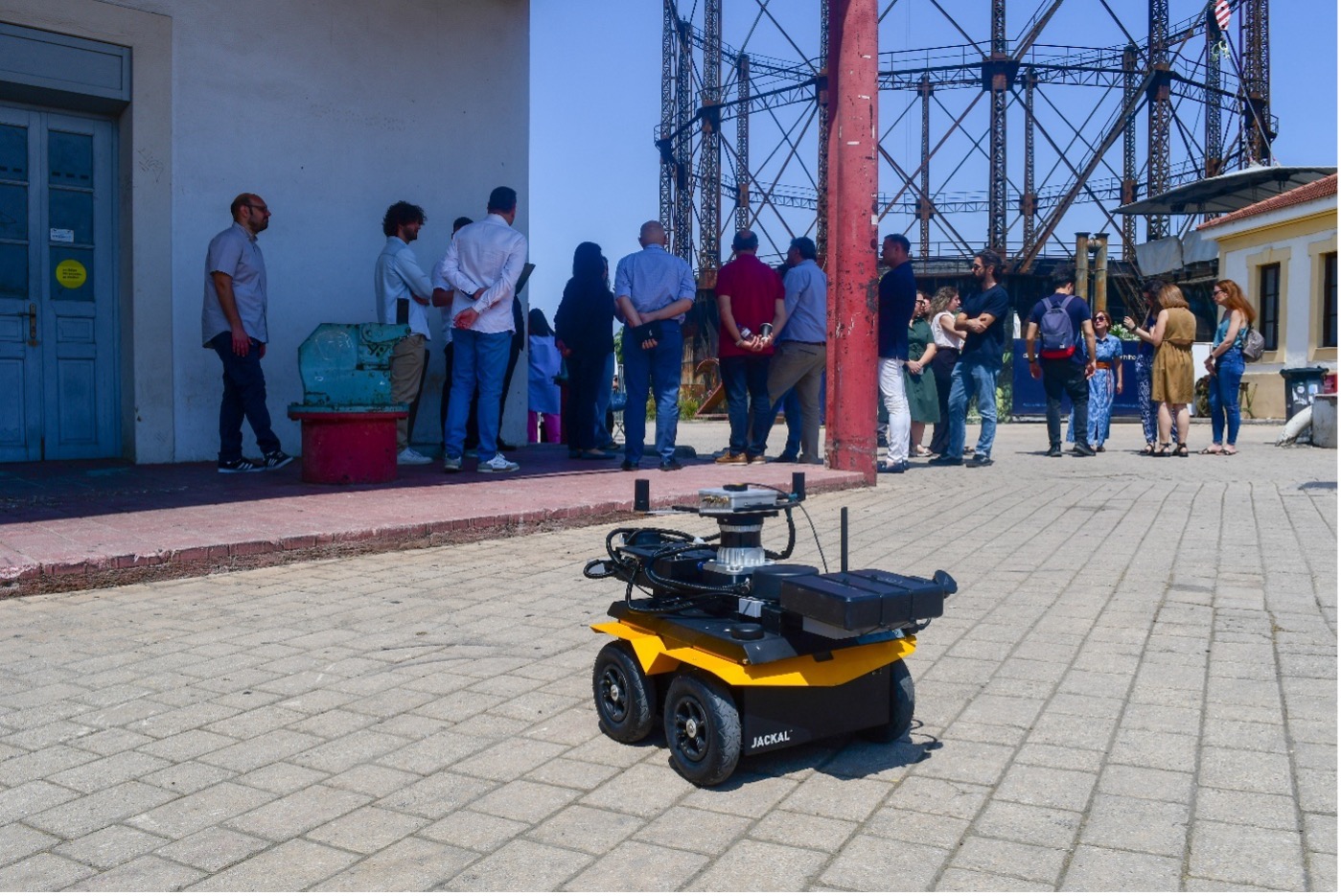
UC6: Mass Casualty Incident (MCI) and Emergency Rescue in Populated Area (Athens)
About: This use case addresses the critical need for rapid and coordinated response during large-scale emergencies or an MCI in urban environments. It leverages real-time data sharing, and robust B5G connectivity, to improve situational awareness of first responders, and enhance the efficiency of rescue operations. The trial of UC6 aimed to showcase on one side how relevant operations could be improved and on the other side how major KPIs necessary for this use case are addressed by the 5G/B5G technologies.
Objective: To test and validate how advanced network capabilities can support first responders and medical personnel in effectively managing crises, ensuring timely interventions (semi-automated triaging, pre-hospital treatment and prediction of victim’s vital signs and evacuation) enhanced public safety.
Live Trial at Technopolis: In a large-scale/crowded area during a public event (e.g. concert), an autonomous mobile robot (Jackal AGV), equipped with high-resolution cameras and advanced sensors, provides visual information on a mass casualty incident (MCI) detected within the Technopolis area. The live demonstration showcased remote operation of the robot over a 5G network, with real-time video streaming through the wi.Care+ (formerly STARLIT++) dashboard. Within seconds, a nearby first responder receives an alert about the incident on a tablet and navigates directly to the exact location. Upon arrival, the responder finds multiple victims and equips them with smart devices, such as smartwatches, to monitor their vital signs and assess both current and forecasted triage status using the internationally recognized Sieve protocol. Thanks to early detection and precise guidance, the responder initiates pre-hospital treatment efficiently, performs triage, and coordinates evacuation using optimal routes to the nearest exit of the Technopolis area.
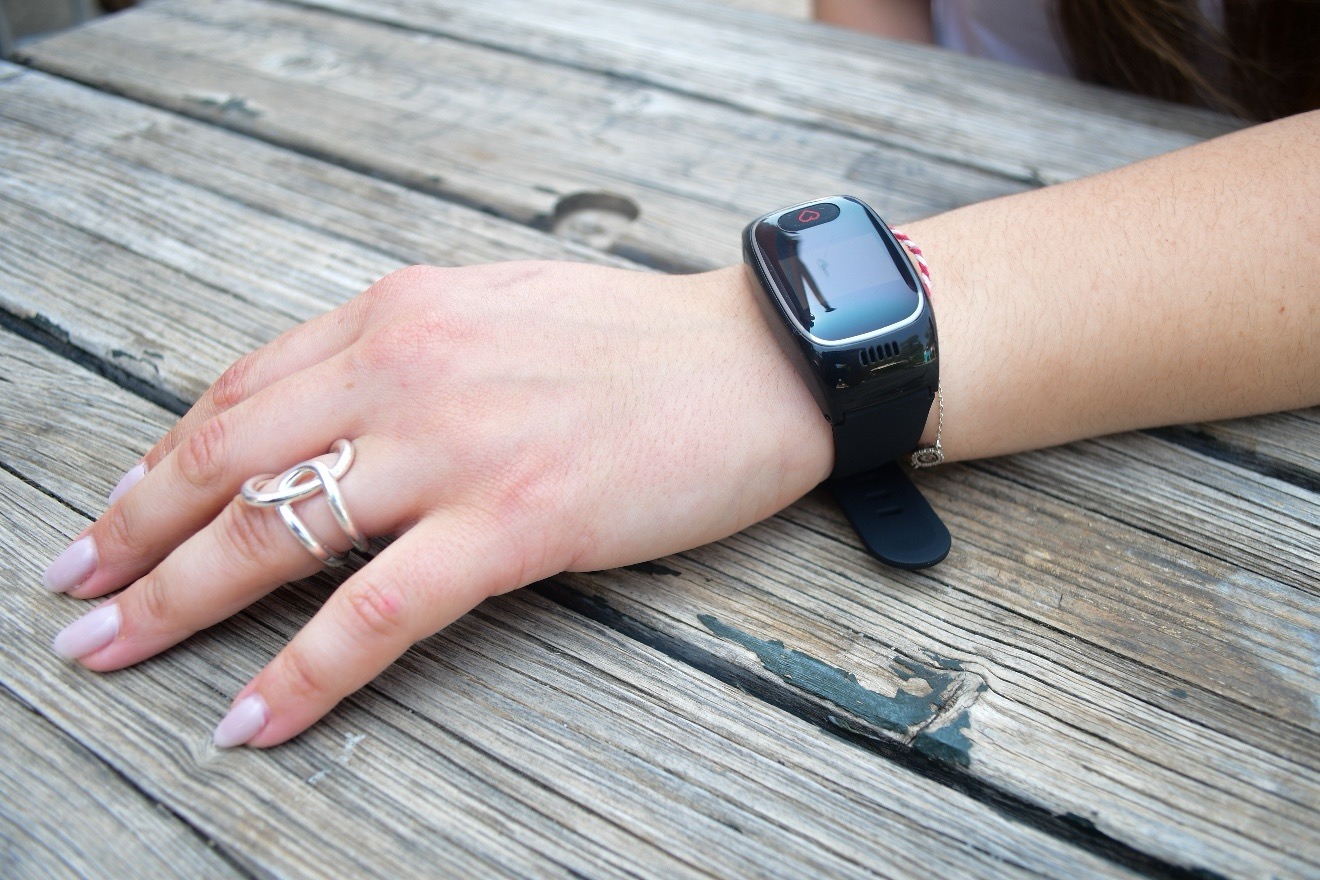
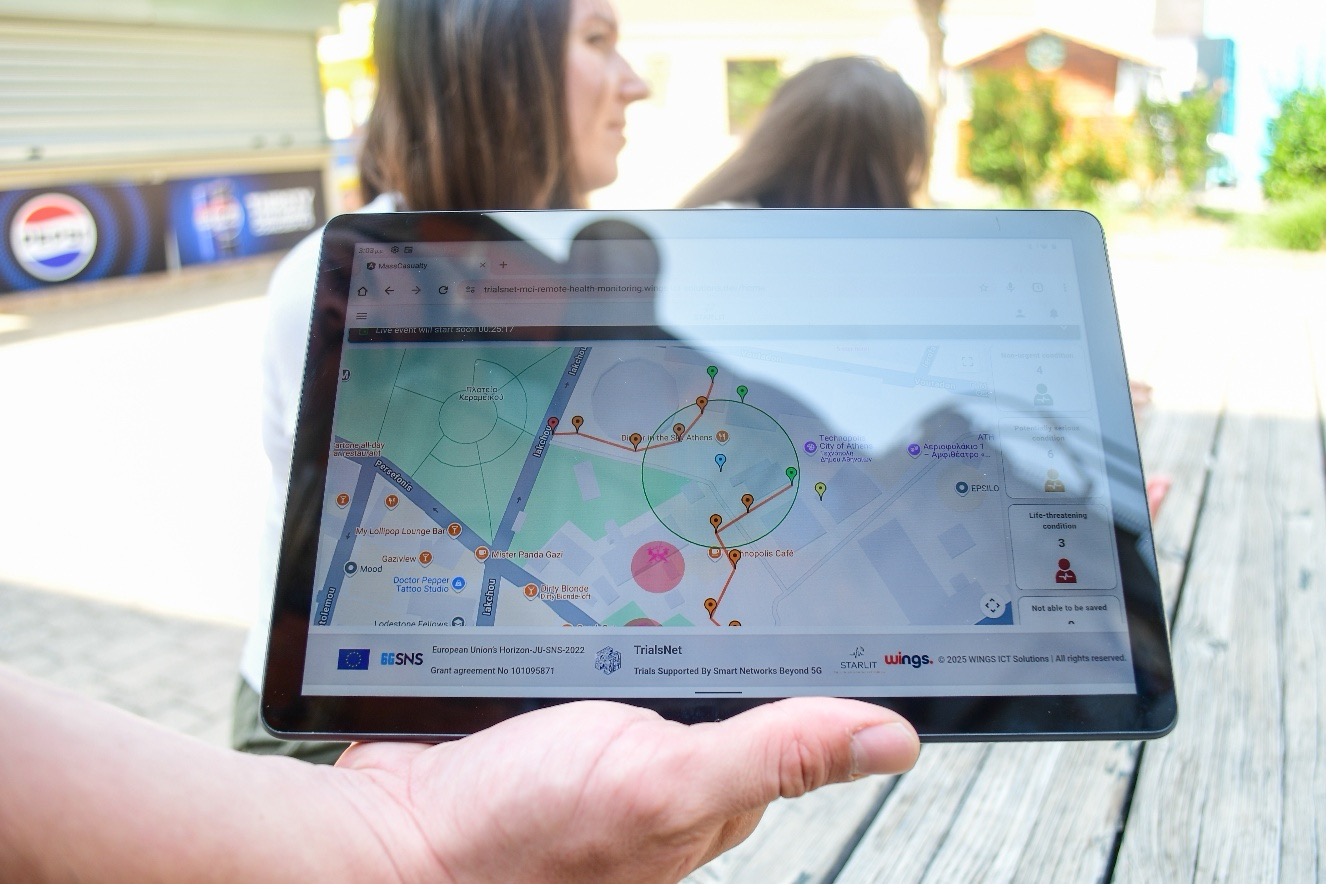
UC13: Extended XR Museums Experience
About: The wi.LIVE Culture | Education platform represents a comprehensive digital ecosystem designed to preserve, enhance, and promote cultural heritage through immersive technologies such as Augmented Reality (AR) and Virtual Reality (VR).
Objective: To enrich visitors’ engagement with historical and cultural sites by providing interactive, educational, and immersive digital experiences, tested under real-world conditions with robust B5G connectivity.
Live Trial at Technopolis: Participants experienced:
- A virtual tour of the Corinth Canal Museum, allowing navigation within a detailed 3D digital replica.
- An AR digital guide for the Parthenon, enabling users to place and explore a realistic 3D model within their physical surroundings.
- A VR immersive reconstruction of the Parthenon, offering an interactive exploration of the monument as it appeared centuries ago. These applications were demonstrated live, with participants using mobile devices and VR headsets. Real-time system performance was monitored through Grafana dashboards, while attendees provided usability feedback to evaluate cultural engagement, digital accessibility, and educational impact.
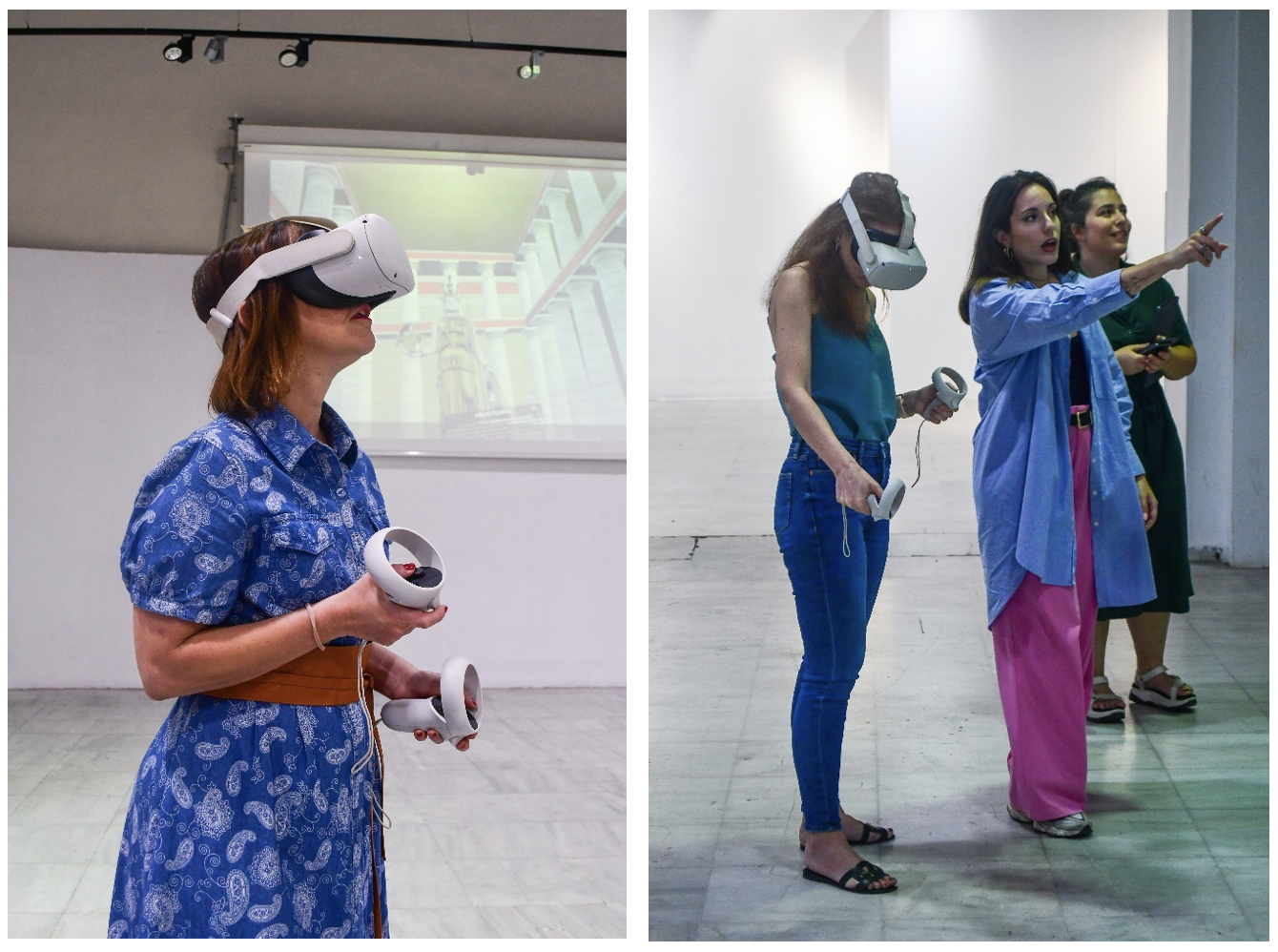
Key Impact
Throughout the event, stakeholders including representatives from City of Athens, Region of Crete, Hellenic Center for Defense Innovation S.A. (HCDI), National Documentation Center (EKT) and Hellenic Institute for Crisis and Disaster Management had the opportunity to observe how advanced B5G connectivity, AI, robots/drones, cameras, wearable devices and immersive technologies converge to address urban challenges, from infrastructure resilience and emergency response to cultural preservation. Live measurements validated both technical Key Performance Indicators (KPIs) and human-centric Key Value Indicators (KVIs), reinforcing the potential for large-scale deployment in smart city contexts.
